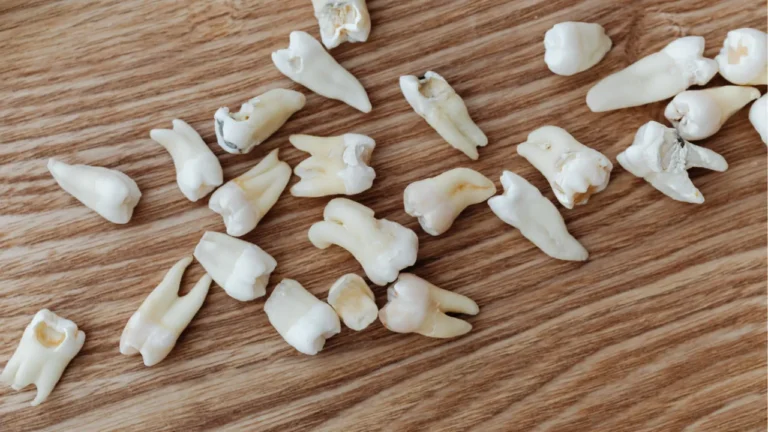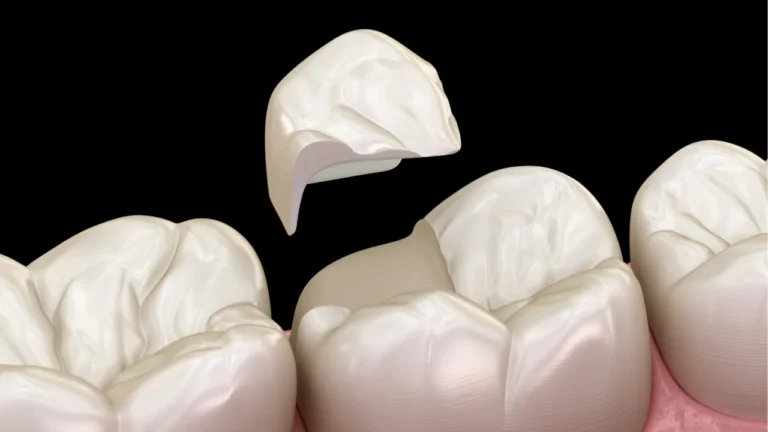To whiten teeth using baking soda, you can try the following steps:
- Mix a small amount of baking soda with water to create a paste.
- Brush the paste onto your teeth using a toothbrush, making sure to cover all surfaces of your teeth.
- Let the paste sit on your teeth for 2 minutes.
- Rinse your mouth thoroughly with water.
- Brush your teeth with toothpaste to remove the baking soda residue.
Note: it is important to use baking soda sparingly and not more than once a week as overuse can erode the enamel on your teeth. It’s also best to consult with your dentist before trying any new teeth whitening methods.
A bright, white smile can enhance your appearance and boost your confidence.
If you’re looking for an affordable, natural way to whiten your teeth, you may consider using bicarbonate soda.
In this article, we’ll discuss how bicarbonate soda works, how to use it, and tips for safe and effective use.
Quick Summary
- What it does: Bicarbonate soda is a mild abrasive that removes surface stains like those from coffee, tea, or wine.
- How to use: Mix 1 tsp bicarbonate soda with 2 tsp water to form a paste; brush gently for 2 minutes, rinse, and follow with toothpaste.
- Use sparingly: Once per week is enough — overuse can cause enamel damage and sensitivity.
- Consult a dentist: Always check with your dentist before starting any whitening method.
- Results: Gradual brightening of teeth, improved oral hygiene, and fresher breath.
What is Bicarbonate Soda?
Bicarbonate soda, also known as baking soda, is a naturally occurring substance that has been used for various purposes for centuries. In the dental industry, it is used as a mild abrasive to remove surface stains from teeth.
Bicarbonate soda is an effective stain remover, removing all types of stains from surface-level stains to acid-based food stains. Further, it also possesses antibacterial properties.
Step-by-Step Guide
- Mix the Paste: Combine 1 teaspoon of bicarbonate soda with 2 teaspoons of water to create a smooth paste.
- Apply Gently: Dip your toothbrush into the paste and brush in gentle circular motions for about 2 minutes. Avoid scrubbing too hard.
- Rinse Thoroughly: Rinse your mouth with water to remove all residue.
- Follow with Toothpaste: Brush again with regular fluoride toothpaste to strengthen enamel and freshen breath.
- Repeat Once Weekly: Use this method only once per week to avoid enamel erosion.
Benefits of Using Bicarbonate Soda for Teeth Whitening
✅ Natural and Affordable — No expensive kits or chemicals needed.
✅ Removes Surface Stains — Ideal for coffee, tea, and tobacco stains.
✅ Balances Oral pH — Helps neutralize acids that cause decay.
✅ Freshens Breath — Reduces bacteria in the mouth naturally.
Tips for Safe and Effective Use
- Use a small amount — too much can wear down enamel.
- Avoid using daily; once a week is enough.
- Rinse thoroughly after each use.
- Don’t replace regular brushing or dental cleanings with bicarbonate soda.
- For sensitive teeth or gum issues, consult your dentist before trying it.
Making Bicarbonate Soda More Effective
You can combine bicarbonate soda with other natural ingredients to enhance whitening — but caution is key:
1. Bicarbonate Soda + Hydrogen Peroxide
- Mix equal parts baking soda and 3% hydrogen peroxide to form a paste.
- Brush gently for 1–2 minutes, rinse thoroughly.
- More effective for removing deeper stains.
- Avoid daily use — limit to once a week.
2. Bicarbonate Soda + Lemon Juice
- Mix 1 tsp bicarbonate soda with a few drops of lemon juice.
- Brush for 1–2 minutes, then rinse.
- Citric acid boosts stain removal.
- Use sparingly; acid can weaken enamel if used too often.
Other Teeth Whitening Alternatives
If you’re looking for faster or more professional results, consider these alternatives:
- Whitening Toothpaste: For mild, gradual brightening.
- Teeth Whitening Strips: Contain gentle bleaching agents like hydrogen peroxide.
- Custom Whitening Trays: Provided by dentists for even, safe whitening.
- LED Whitening Systems: Use light activation to speed up results.
- Professional Whitening Treatments: Safest and most effective option.
Final Thoughts
Bicarbonate soda is a natural, affordable way to brighten your smile and improve oral hygiene when used responsibly.
It’s effective for lifting surface stains, freshening breath, and maintaining a clean mouth environment.
However, moderation and proper technique are crucial to prevent enamel damage.
If you’re unsure whether baking soda whitening is right for you, speak with your dentist. They can recommend a treatment plan that keeps your teeth both white and healthy.







